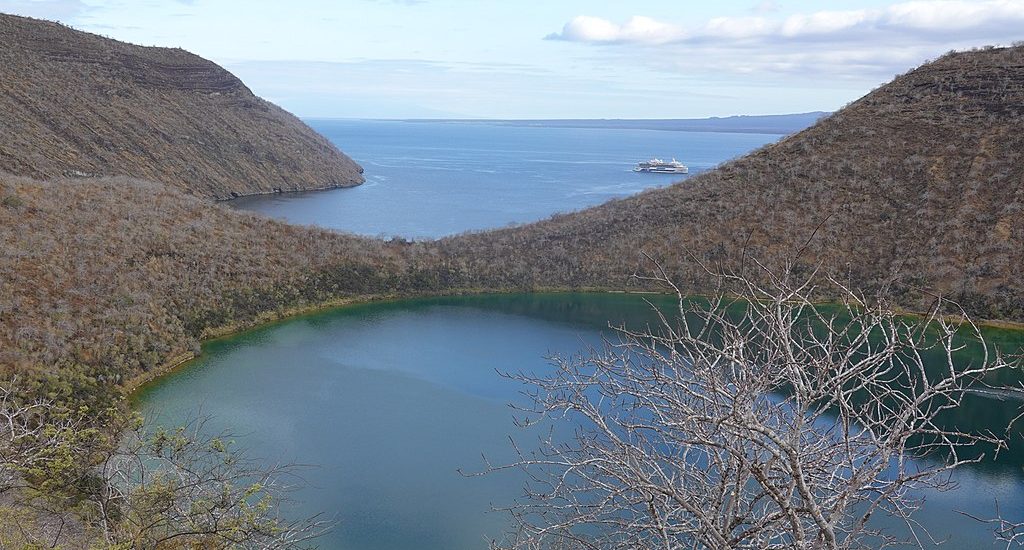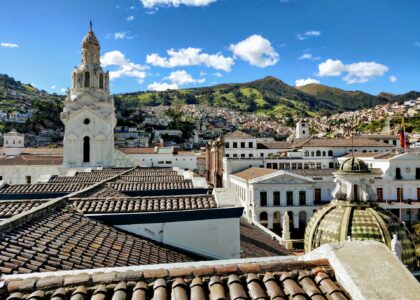The Galápagos Islands, located off the coast of Ecuador, are renowned for their unique biodiversity and pivotal role in Charles Darwin’s theory of evolution. However, these fragile ecosystems have faced numerous threats due to human activity and introduced species. Fortunately, dedicated conservation efforts have led to remarkable success stories in safeguarding the Galápagos’ delicate balance. In this blog, we’ll explore some of the inspiring conservation initiatives that have helped preserve the Galápagos’ ecosystems for future generations.
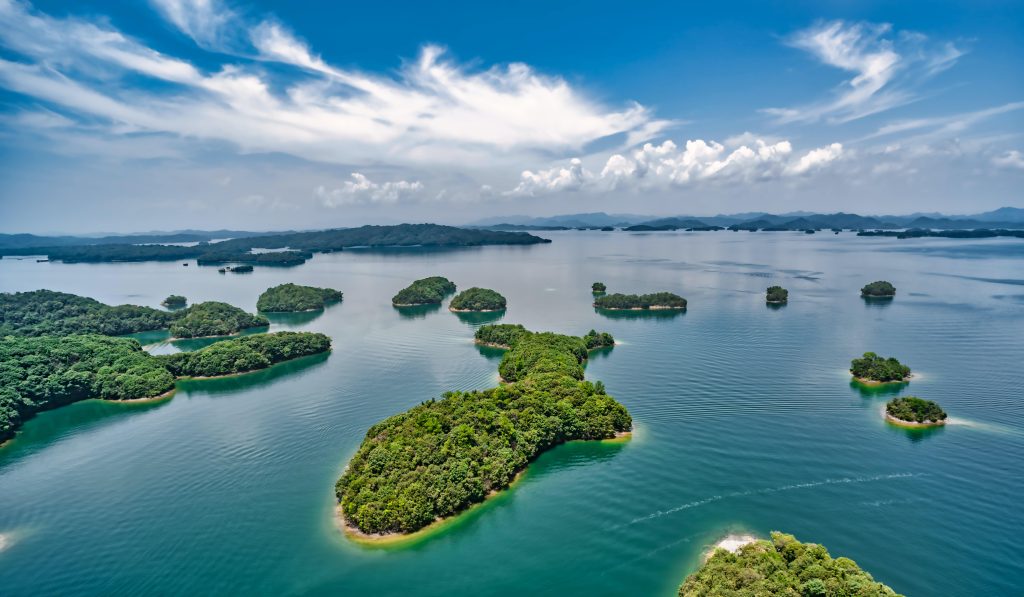
Eradication of Invasive Species:
Invasive species, such as rats, mice, and feral cats, had devastating effects on the native flora and fauna of the Galápagos. These predators disrupted the natural balance and endangered native species. Conservationists launched intensive eradication campaigns to eliminate these invasive species, successfully restoring the habitat for endemic wildlife like the Galápagos giant tortoises and various bird species.
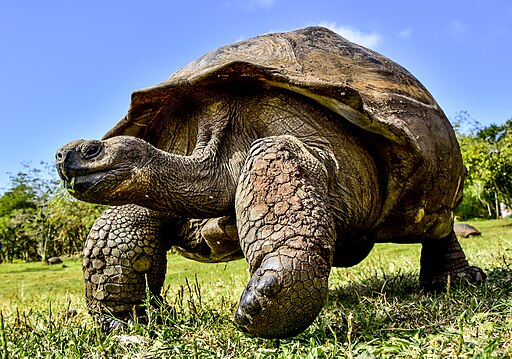
Marine Protected Areas:
The waters surrounding the Galápagos are home to diverse marine life, including sharks, sea lions, and various fish species. Overfishing and illegal fishing practices threatened the delicate marine ecosystem. To combat this, marine protected areas (MPAs) were established, regulating fishing activities and promoting sustainable practices. This initiative has contributed to the recovery of marine populations and the overall health of the ecosystem.
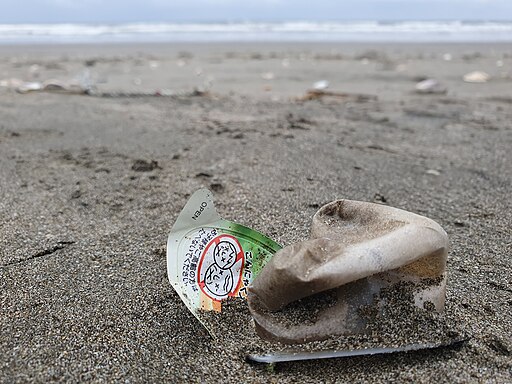
Plastic Reduction and Waste Management:
Human presence on the islands brought along the challenge of waste management. Plastic pollution posed a threat to both terrestrial and marine life. Conservation organizations collaborated with local communities to implement waste reduction and recycling programs. These efforts have helped minimize plastic pollution and its impact on the environment.
Research and Education:
Conservation success is closely tied to understanding the ecosystems and raising awareness. Researchers have been conducting studies on various aspects of the Galápagos’ ecosystems, providing valuable insights for effective conservation strategies. Education and outreach programs have also played a vital role in fostering a sense of responsibility among residents, visitors, and future generations.
Sustainable Tourism Practices:
Tourism is a double-edged sword in fragile environments like the Galápagos. While it can generate awareness and funds for conservation, it also poses a risk of habitat degradation. Authorities and tour operators have collaborated to implement sustainable tourism practices, such as limited visitor numbers, designated trails, and responsible wildlife interaction guidelines.
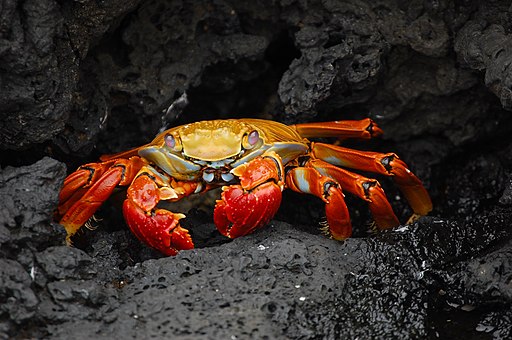
Reforestation and Habitat Restoration:
Protecting the native flora is crucial for maintaining the Galápagos’ delicate balance. Invasive species often outcompete native plants, leading to habitat degradation. Reforestation initiatives have focused on restoring native vegetation, creating healthy habitats for native animals and contributing to overall ecosystem health.
The Galápagos Islands serve as a testament to the power of dedicated conservation efforts. Through eradication of invasive species, establishment of marine protected areas, plastic reduction, research, education, sustainable tourism practices, and habitat restoration, these fragile ecosystems have experienced a resurgence. The success stories from the Galápagos remind us of the positive impact that collective action and environmental stewardship can have on preserving Earth’s most unique and vulnerable ecosystems. As we continue to learn from these achievements, we are inspired to contribute to the ongoing protection of our planet’s natural wonders.
If you are interested in exploring the natural beauty of the Galapagos Islands, you can book a trip with us today by clicking here!


